招生老师:
联系电话:
学校邮箱:
学校地址:
发布者:ISA Education 爱莎国际教育集团 2022-03-02 15:07:10

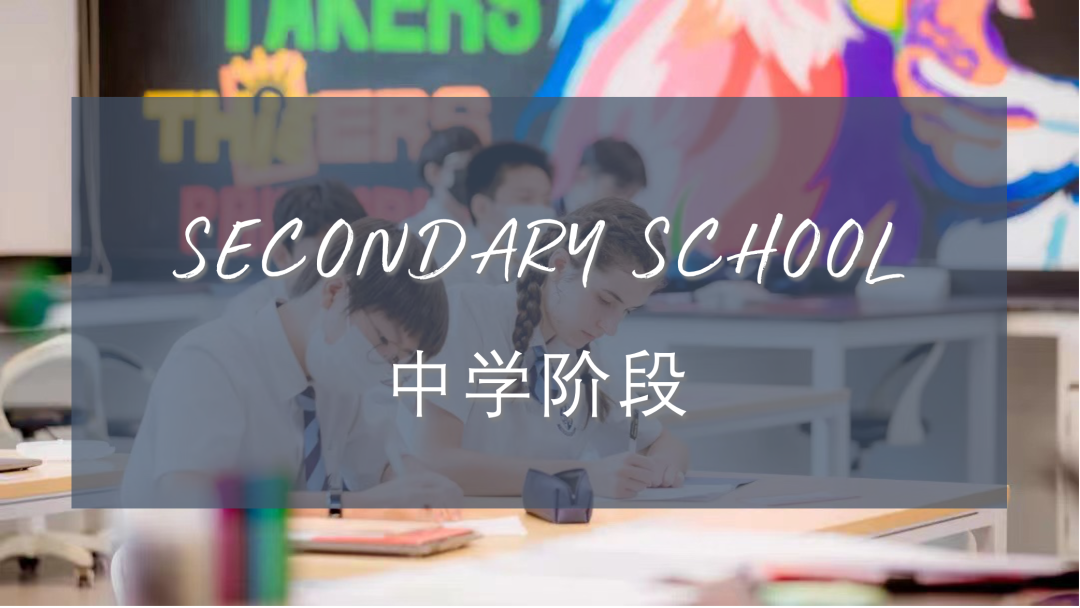
The secondary school curriculum at ISA Wuhan International School will offer a balanced and effective range of courses that integrate the IGCSE curriculum, the IB MYP curriculum and the Chinese National Standard Curriculum. We are looking forward to delivering high quality student-centred education to create an unique Secondary School Curriculum.
武汉爱莎外籍人员子女学校的中学课程将提供平衡且有效的完整课程,融合IGCSE、IB MYP以及中国国家课程,打造独特的武汉爱莎外籍人员子女学校中学课程体系。
Curriculum Strengths 课程优势
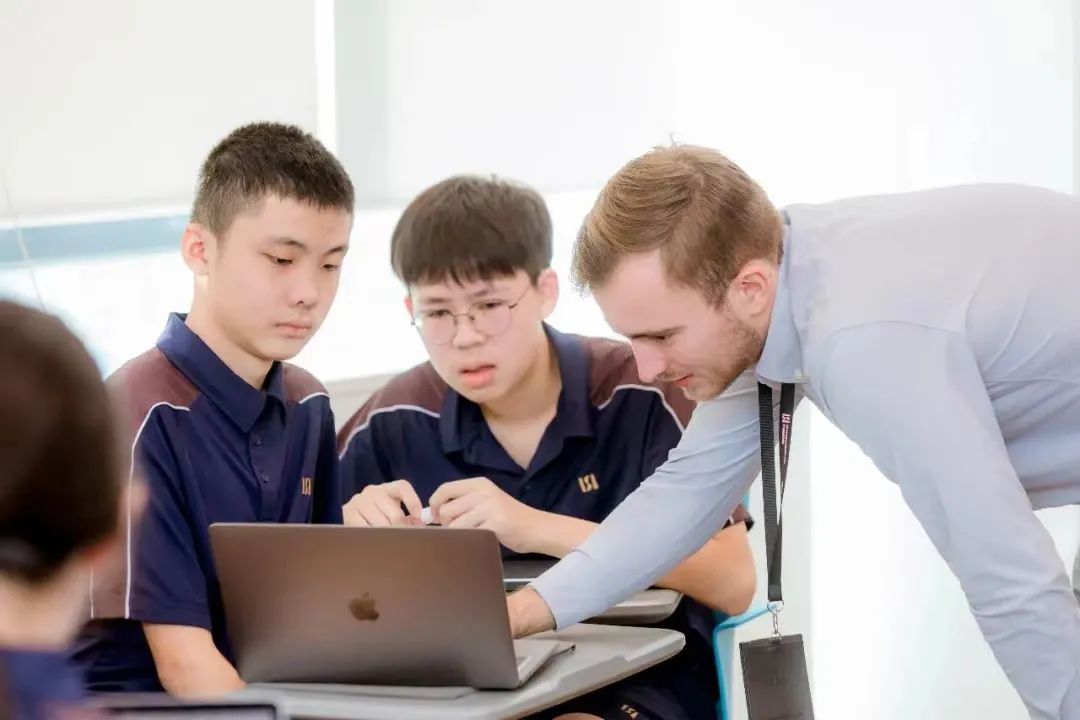
Prioritize Learning Goals
优先考虑学习目标
Three Tiers of Support for Curriculum Design:
武汉爱莎外籍人员子女学校中学课程设置将围绕以下三个层面:
What concepts should student be familiar with?
学生应该熟悉哪些概念?
What important knowledge and skills must student have for mastery?
学生需要掌握哪些重要知识和技能?
How we assure our students to have enduring understanding?
如何使学生获得持久性的理解?
Curriculum Backward Design
以学习目标为导向设计课程
The curriculum of the ISA Wuhan Secondary School is designed with the logic of learning objectives in mind, with the curriculum reflecting a 'beginning to end' design philosophy.
武汉爱莎外籍人员子女学校中学部的课程设计逻辑是以学习目标为导向而设计的,课程均能体现“以始为终”的设计理念。
Identify Desired Results
确立评估目标
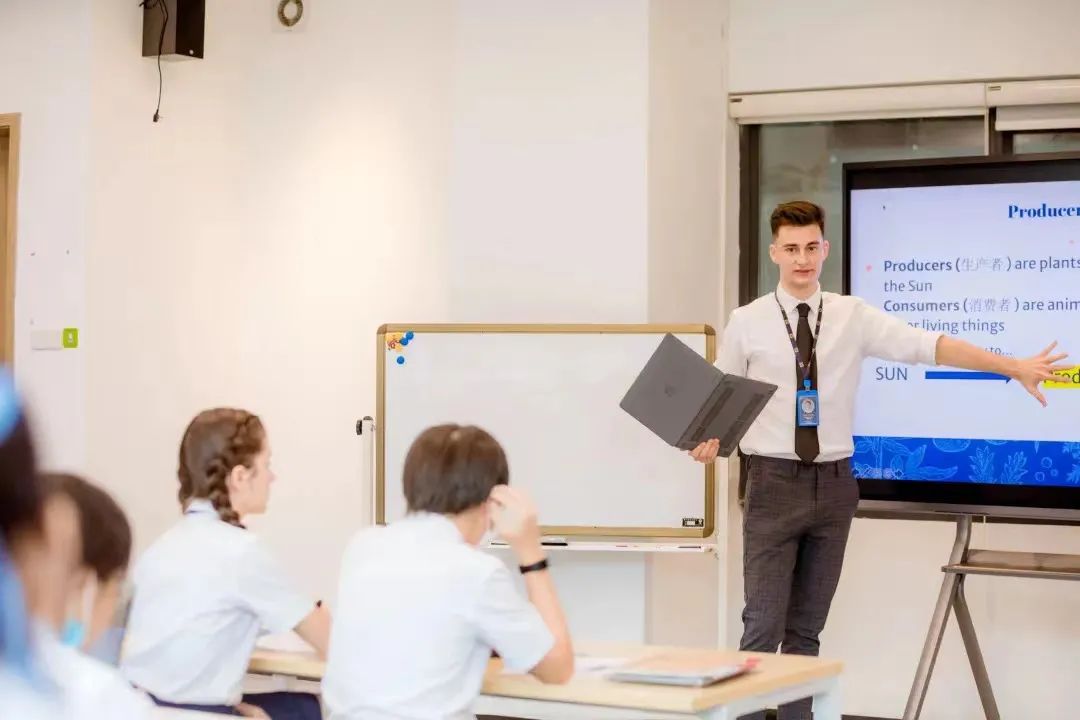
The course will use a series of validated assessments to understand the student's current stage of competence and thus to get to know what do our students know? what can they understand? and ultimately to get the answers of their learning intentions.
课程将通过一系列有效评估,了解学生目前所处的能力阶段,进而得知学生作为一个独立的个体知道什么?可以理解什么?最终充分了解学生的学习目的。
Use Evidence to Plan Learning Events
利用可信任的评估依据指导教学
Students are given triple tests as they progress through the course and teachers are given data to adjust the curriculum accordingly based on their performance and thus improve their teaching practices.
学生在学习过程中会接受三重测试,教师根据反映学生表现的数据相应调整课程,进而改进教学实践。
Summative assessment task 总结性评估
Success Criteria 成功准则
Rubic of understanding 理解力评估表
Scientificly Refine Curriculum
科学打磨课程
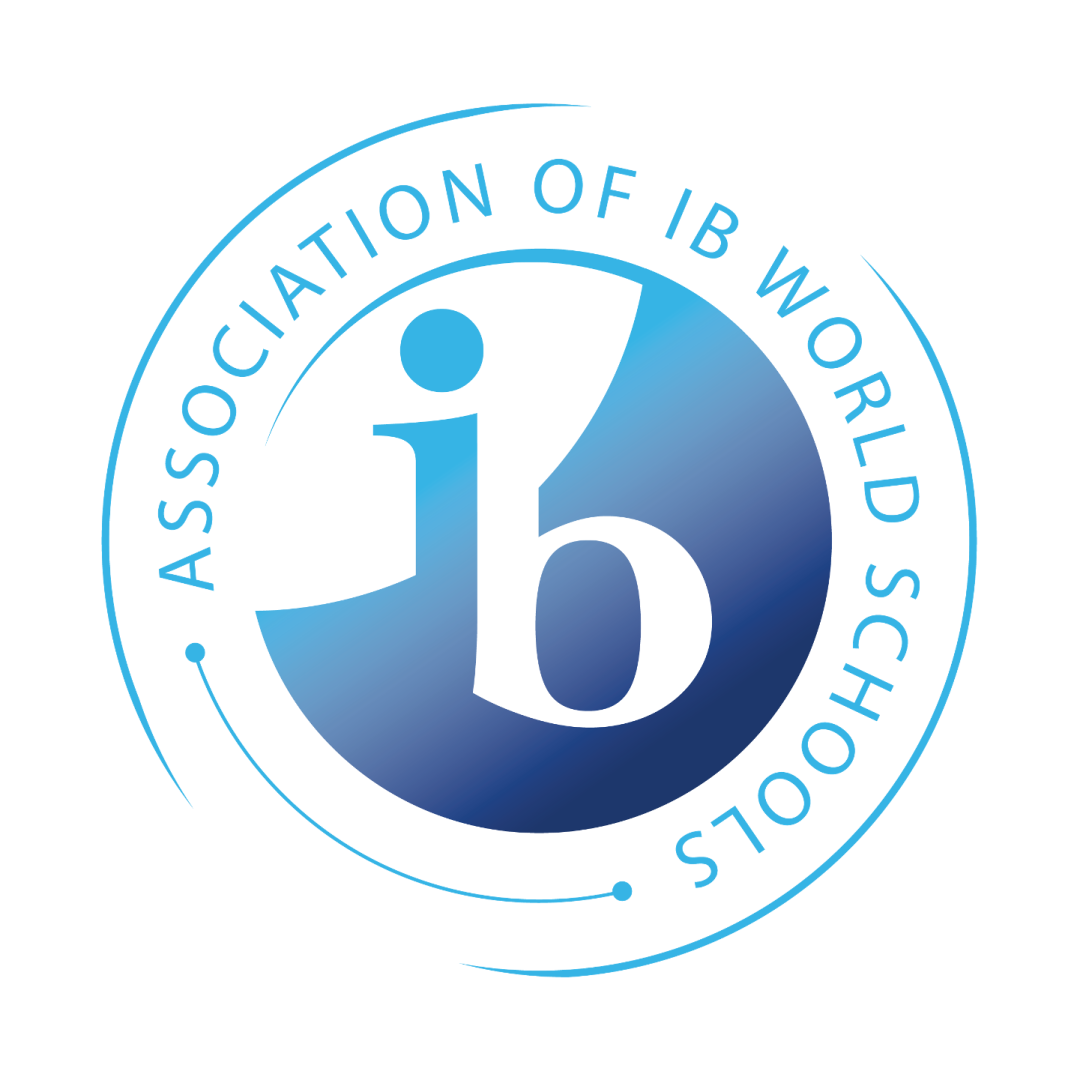
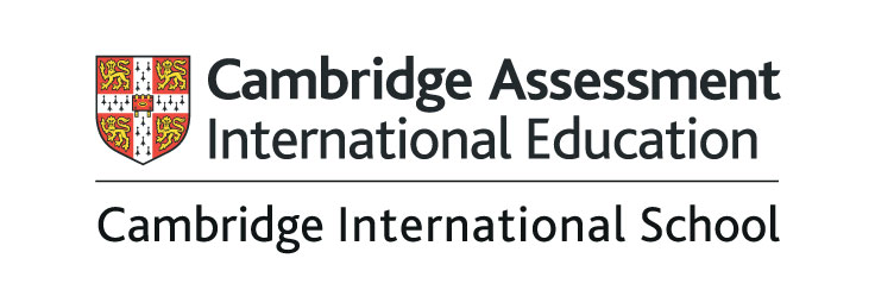

Our planned and delivered curricula are gathered from best practices around the world to reinforce that we are truly an international school. The IB provides the rigour of international standards and practices.
武汉爱莎外籍人员子女学校计划并实践的课程是集全球最佳实践之所长,彰显了我们是一所真正的国际学校。IB课程为我们提供了严格的国际标准和实践。
To ensure clarity and depth, our planned curriculum is written across three tiers of detail.
为了保证课程清晰且深入,我们的课程计划分为三个层级。
Tier One: High level scope and sequence documents
层级一:立意高远、逻辑清晰的教学指导大纲
At this level, the curriculum documentation comprises the overall view of topics, learning outcomes,
assessment criteria and type, key skills, concepts and content for each subject area.
在此层级,课程文件综述了各个学科领域的单元主题,学习目标,评估标准和类型,关键技能, 概念和内容。
Take the one-month timetable of a G6 student as an example:
以6年级学生的月度课程安排为例:
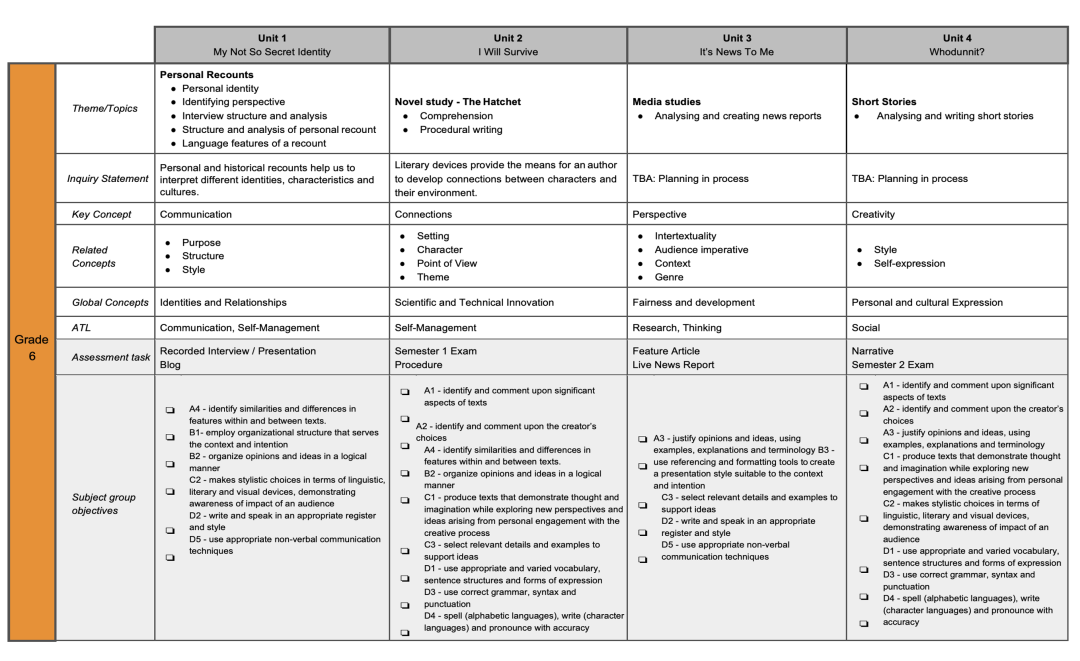
Tier Two: Unit Plans
层级二:设置单元计划
Teachers complete a plan for each unit of inquiry they teach throughout the year. Once a unit has been completed, there is a reflection element included, where teachers may make adjustments to the teaching unit to ensure maximum effectiveness in the teaching and learning.
这个层级的课程文件利用到了 MYP 单元计划工具,老师每一年都要完成每个探究单元的学习内容,当每个单元学习结束后,老师会写反思报告(Reflection Report)给每位孩子,然后根据这些反思对下一年的单元学习进行调整,以最大程度地提升教学效果。
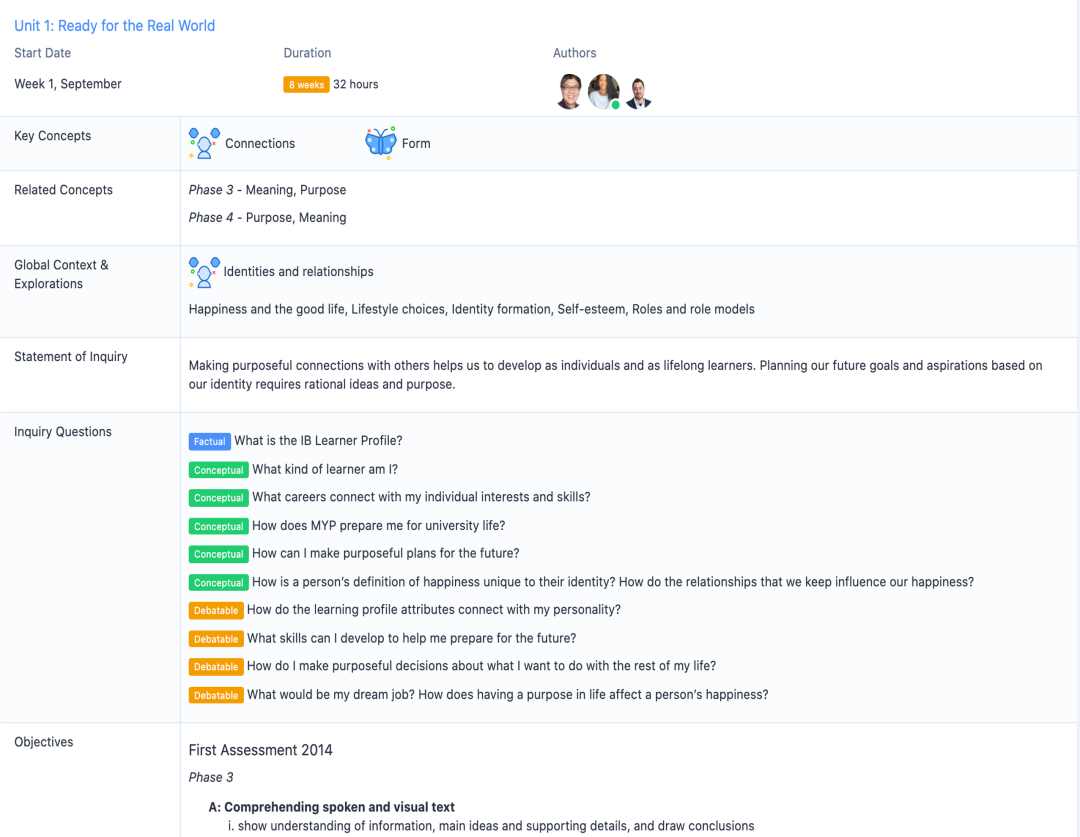
Tier Three: Lesson Plans
层级三:课堂教案
This final level documents are what is taught on a day-to-day or lesson to lesson basis. We will use formative assessment, different questions and more inquiries approaches to make sure students understand material and then teacher can make adjustments
最后这一层级,老师每天需要制定具体的教学施行计划。课程将使用形成性评估、以学生为主导的发问和更多的探究学习方法来确保学生理解课程内容,教师也可以做出调整。
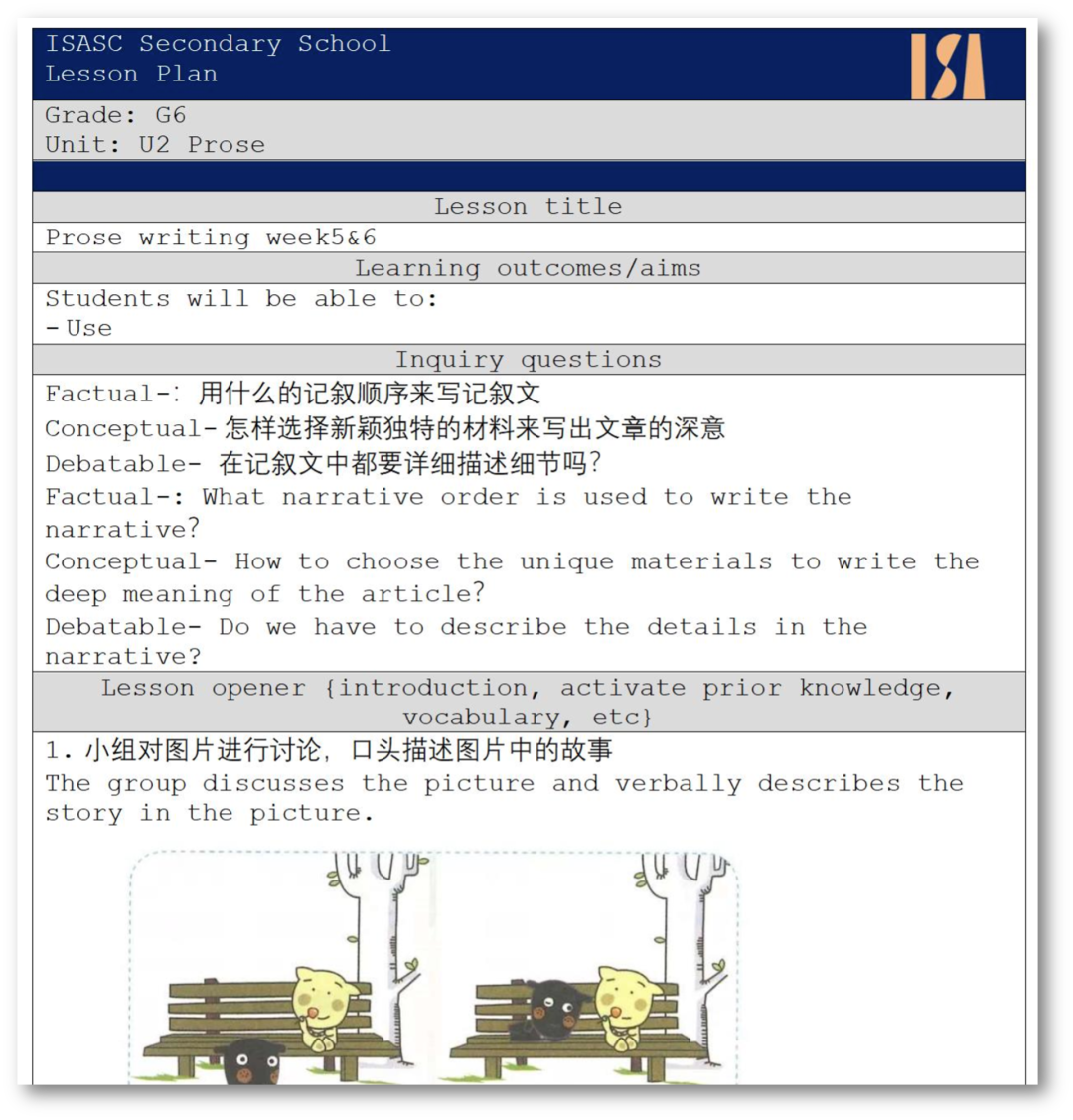
Why IB MYP? 为什么选择IB MYP课程?
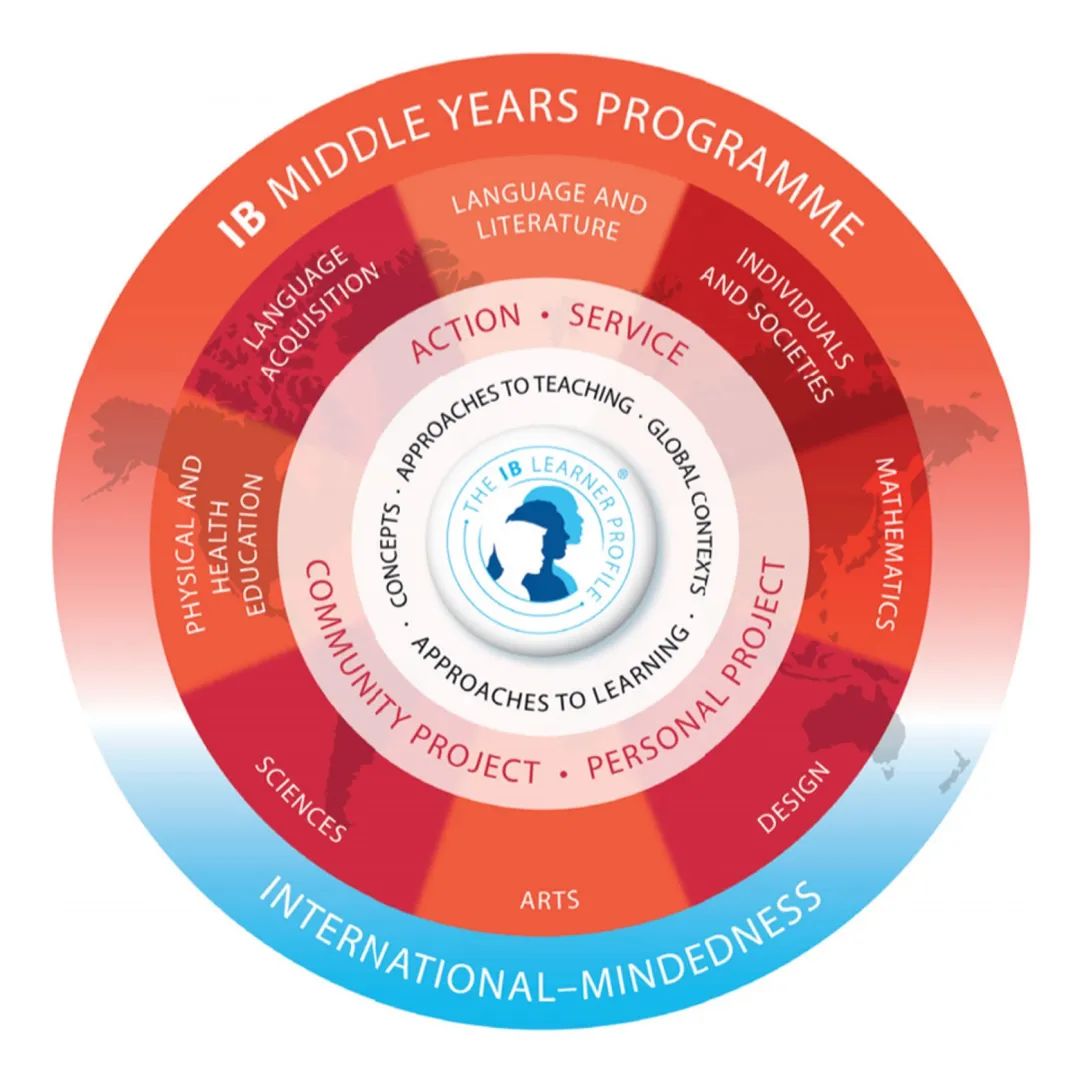
IB programme models highlight important shared features of an IB education:
IB国际文凭课程模式强调了国际文凭教育的重要特征:
Developing the attributes of the learner profile
发展学习者培养目标的特性
Approaches to teaching and approaches to learning
教学方法和学习方法
Age-appropriate culminating experiences
适合年龄的体验
An organized and aligned structure of subject groups or disciplines
统一有组织的学科或学科组
Development of international-mindedness as a primary aim and context for learning
发展国际情怀作为学习背景
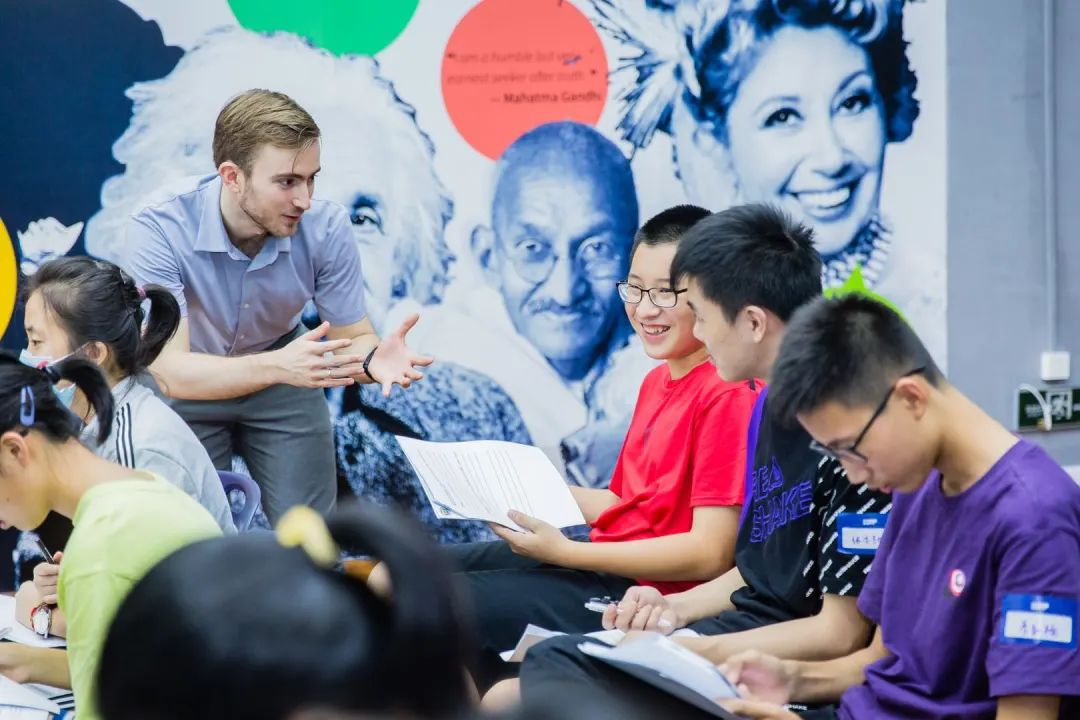
The IB is well-known worldwide for the Holistic Education and the Action and Service programme at MYP enables students to contribute to their communities through a wide range of activities in and out of school each year.
IB素以“全人教育”享誉全球,在MYP阶段设置的“行动与服务”课程(Action and Service) 使学生每年都会进行丰富的校内外活动,为自己所在的社区做贡献。
Subject Groups 具体开设学科组
The MYP comprises 8 subject groups:
中学项目课程涵盖八大学科组, 包括:
Language and literature 语言及文学 | Mathematics 数学 |
Language acquisition 语言习得 | Arts 艺术 |
Individuals and societies 个人与社会学 | Physical and Health Education 体育与健康教育 |
Sciences 科学 Including 包含: Chemistry 化学, Physics 物理 Technology 科技 | Design 设计 |
Assessed Curriculum 评估体系
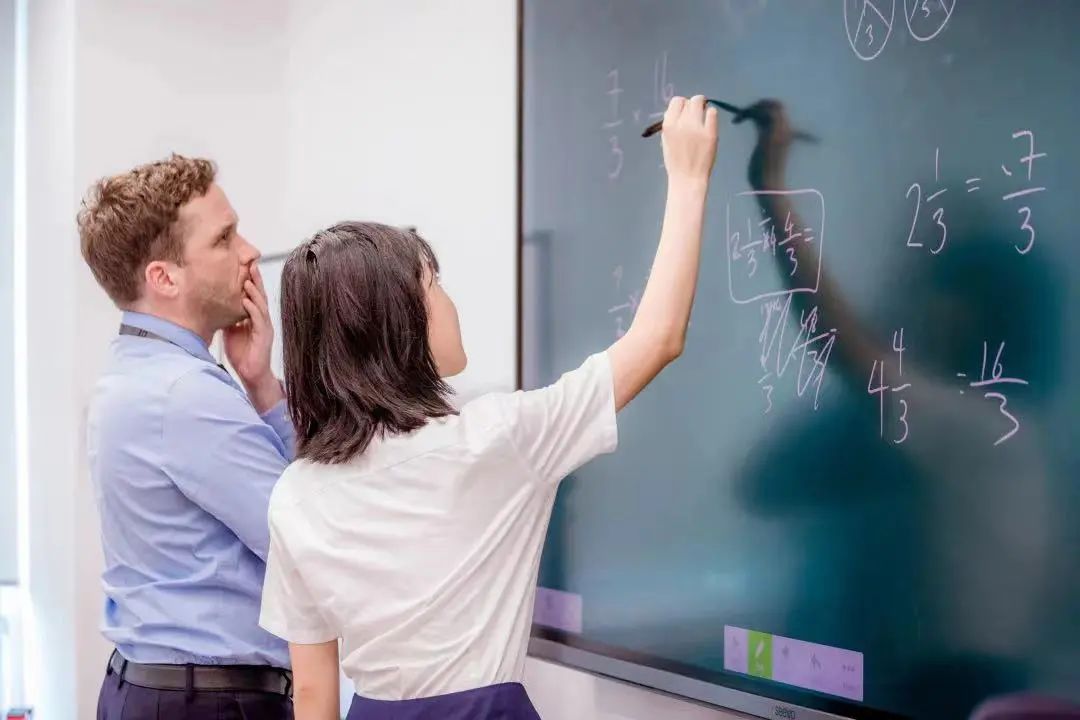
What we assess?
我们评估什么?
Assessment is integral to all teaching and learning. It is central to the MYP goal of thoughtfully and effectively guiding students through the five essential elements of learning:
评估是所有教与学不可分隔的一部分。它是MYP目标的核心。我们将通过学习的五个基本要素,有效地指导。
The acquisition of knowledge
知识的获取
The understanding of concepts
概念的理解
The mastering of skills
技能的掌握
The development of attitudes
态度的发展
The decisions to take action
采取行动的决定
Why we assess?
我们为什么评估
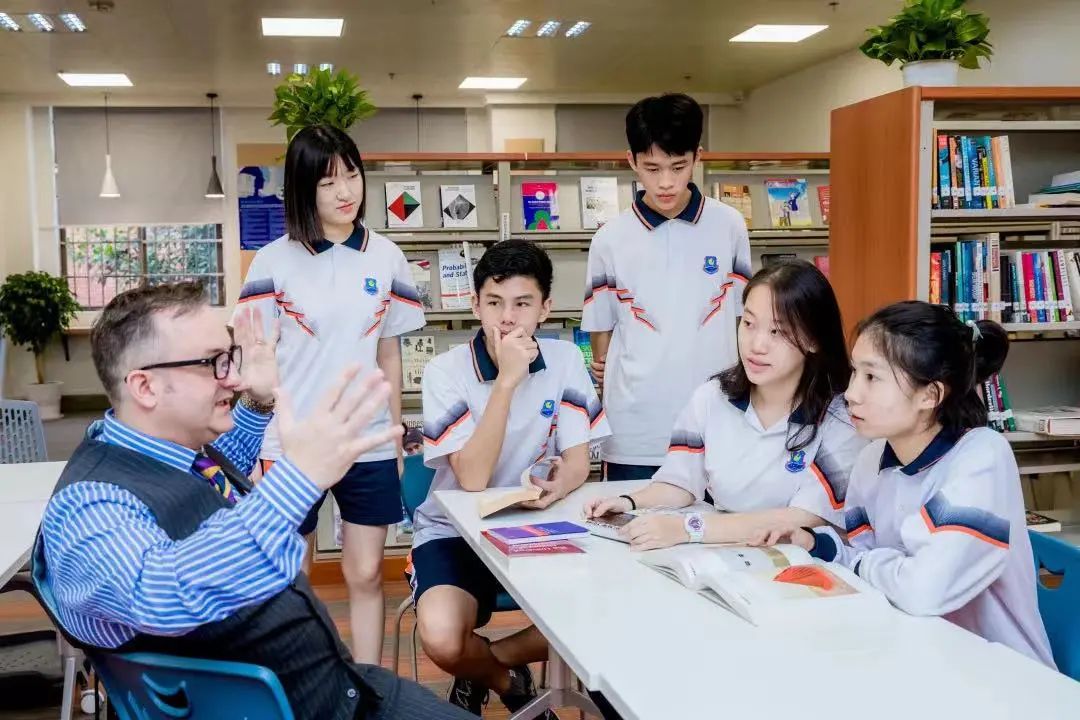
Purpose 目的
To improve student learning, to provide information on student learning and to contribute to the efficacy of learning programmes.
改善学生的学习,提供有关学生学习的信息,提升学习效果。
Evidence 证据
Assessment is the ongoing process of gathering evidence for and of learning.
评估是收集学习证据和为学习收集证据的持续过程。
How we assess?
我们如何评估?

Teachers assess students before, during and after each unit. Assessment data of a student’s knowledge, skills and attitudes in all curriculum areas supports teachers in tailoring learning experiences according to the needs of individual students.
教师会在每个单元之前,期间和之后对学生进行评估。通过对学生的持续评估,教师能够衡量和确定学生是否获得了知识,并发展了必要的技能,帮助教师因材施教。
Formative 形成性评估
This is incorporated into the daily learning process. It provides teachers with information about how learning is developing. It is used to help teachers to plan the next stage of learning. Examples of formative assessment strategies include teacher observation, individual teacher-student interviews, self-assessment and peer-assessment.
形成性评估:贯穿日常学习过程。为教师提供有关学习进展的信息, 帮助教师计划下一阶段的学习。形成性评估策略的示例包括教师观察,师生访谈,自我评估和同伴评估。
Summative 总结性评估
This occurs at the end of a teaching and learning cycle, usually a unit in the MYP. It gives students a single opportunity to demonstrate what they have learned by applying their knowledge in new and authentic ways. It informs and improves student learning and the teaching process. The summative assessment task for each unit is collaboratively designed at the beginning of each unit by the teachers and directly measures the central idea of the unit. Examples of summative assessment tasks include reports, essays, examinations, investigations, research projects, presentations, performances. Commonly used assessment tools for these tasks include checklists, rubrics and anecdotal notes.
总结性评估:在教学周期末尾进行,通常是中学项目的一个单元。总结性评估给学生提供一个新颖且真实的机会运用和展示所学知识。指导和改善学习和教学过程。教师们在每个单元开始时共同设计总结性评估任务,衡量该单元的中心思想。总结性评估任务的示例包括报告,论文,考试,调查,研究项目,演示,表演。这些任务的完成情况通过考核表,评估细则表和轶事记录等工具来评估。
Assessment Criteria
评分标准
In the MYP, subject group objectives correspond to assessment criteria. Each criterion has nine possible levels of achievement (0–8), divided into four bands that generally represent limited (1–2); adequate (3–4); substantial (5–6); and excellent (7–8) performance.
中学每个学科组教学目标与评估标准相对应。每个标准有九个可能的成就水平(0~8),分为四个等级,需努力(1~2);及格(3~4);中上 (5~6);出色(7~8)。
Each band has its own unique descriptor, which teachers use to make “best-fit” judgments about students’ progress and achievement.
每个等级都有自己的详细描述,教师用它来对学生的进步和成就做出“最适合”的判断。
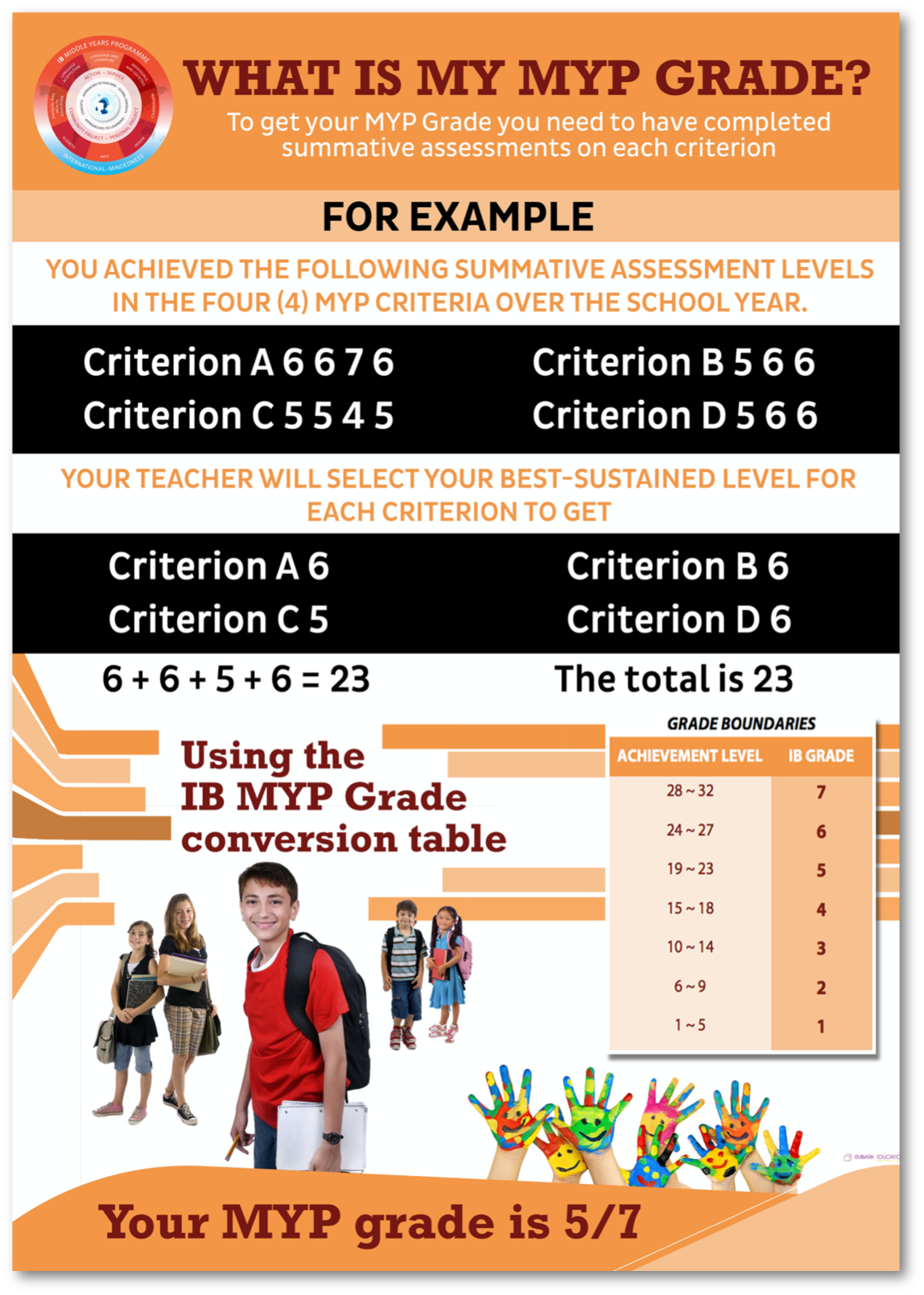
「Semester Grade Calculation Methods
武汉爱莎外籍人员子女学校学期成绩计算方法」
Comparing PYP to MYP
PYP课程与MYP课程有何不同?
“
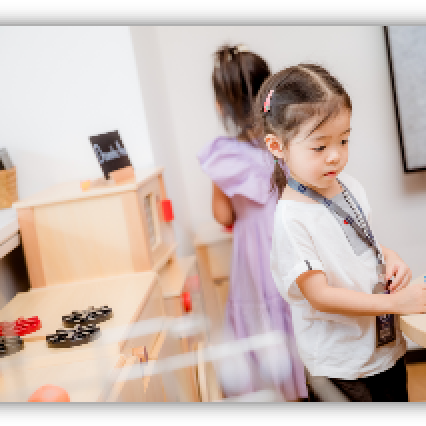

More Teachers
更多老师
Students only have one homeroom teacher and one assistant teacher who taught all PYP courses;
PYP阶段的学生将主要由一位主班老师和一位助教老师完成所有主课教学;
Students work with a team of teachers who all teach different subject areas.
MYP阶段学生将由教师团队负责,教师队伍的老师负责教授不同学科。
Different Performance Evaluation
评估标准不同
Student performance is evaluated against rubrics that are co-constructed by teachers and students.
小学师生共同制定评估细则表
Assessment consists of evaluating student performance against predetermined written criteria.
中学具有明确既定的评估标准
More things to learn
更多学习项目
PYP: approaches to teaching and approaches to learning
小学阶段主要注重培养良好的学习习惯和学习方法;
MYP: approaches to teaching and approaches to learning; global contexts; concepts. G9 and G10 students will also put on more efforts on their Community Project, Action Service and Personal Project
中学阶段将继续培养学生的学习习惯和方法,另外还需深化培养学生的国际情怀;九年级和十年级的学生也将在社区项目、行动服务和个人项目上付出更多努力。
声明: 本文为国际教育号作者发布,观点不代表国际教育网立场。如有侵权或其他问题,请及时联系我们举报。
4.13 外籍中学开放日OPEN DAY INVITATION走进武汉爱莎外籍人员子女学校,感受时刻让你“脱颖而出”的纯正IB全人教育!
4月3日上午,英国驻武汉总领事馆投资贸易领事Arvind Norris 先生莅临我校参观交流。Scroll Down For More ↓On the morning of 3rd April, Mr. Arvind Norris, C
校区喜报!3月28日,《2023胡润百学·中国国际化学校排行榜》重磅发布!其中的《2023胡润百学·中国外籍人员子女学校30强》中上榜学校,共来自中国13个城市,平均拥有22年的建校史。武汉爱莎外籍人员子女学校创校仅第二年,
爱莎优秀学生专访——徐言朗作为一所真正意义上的IB世界学校,武汉爱莎致力于尊重并发现每一位学生的天赋与热爱,为学生提供个性化定制的课程与适配自己成长速率的升学规划。热爱羽毛球、棒球、足球、跆拳道,更是攀岩
2024 WSC 世界学者杯(深圳站)\' World Scholar\'s Cup (Shenzhen Round) \'佳音来袭!武汉爱莎外籍人员子女学校在世界学者杯(深圳站)比赛中,首次参赛便斩获佳绩!这支由12名学生组成的参赛队伍,在本
在线客服
电话咨询
手机版

国际教育网APP

院校库手机版
官方微信

国际教育网Ada